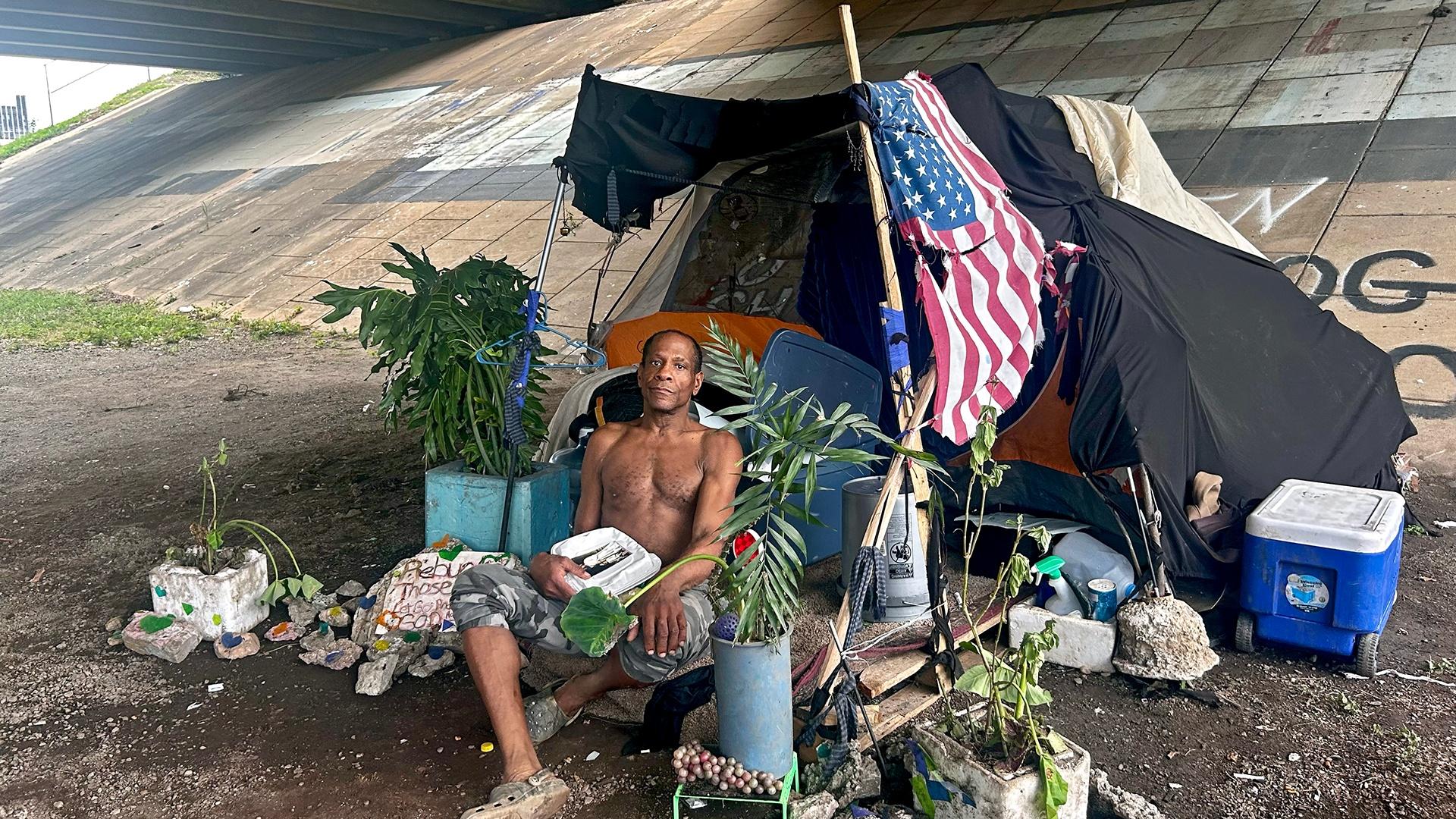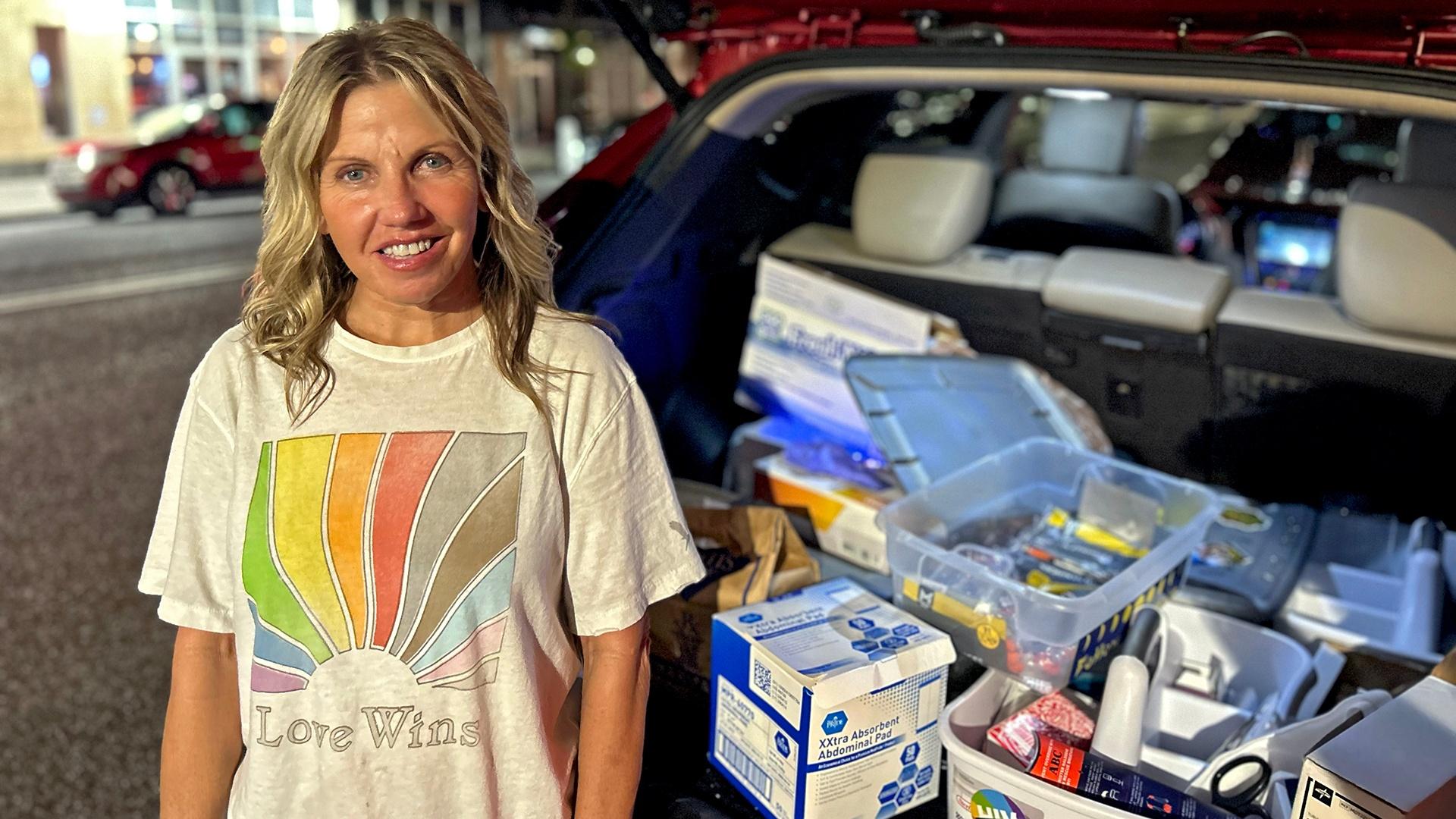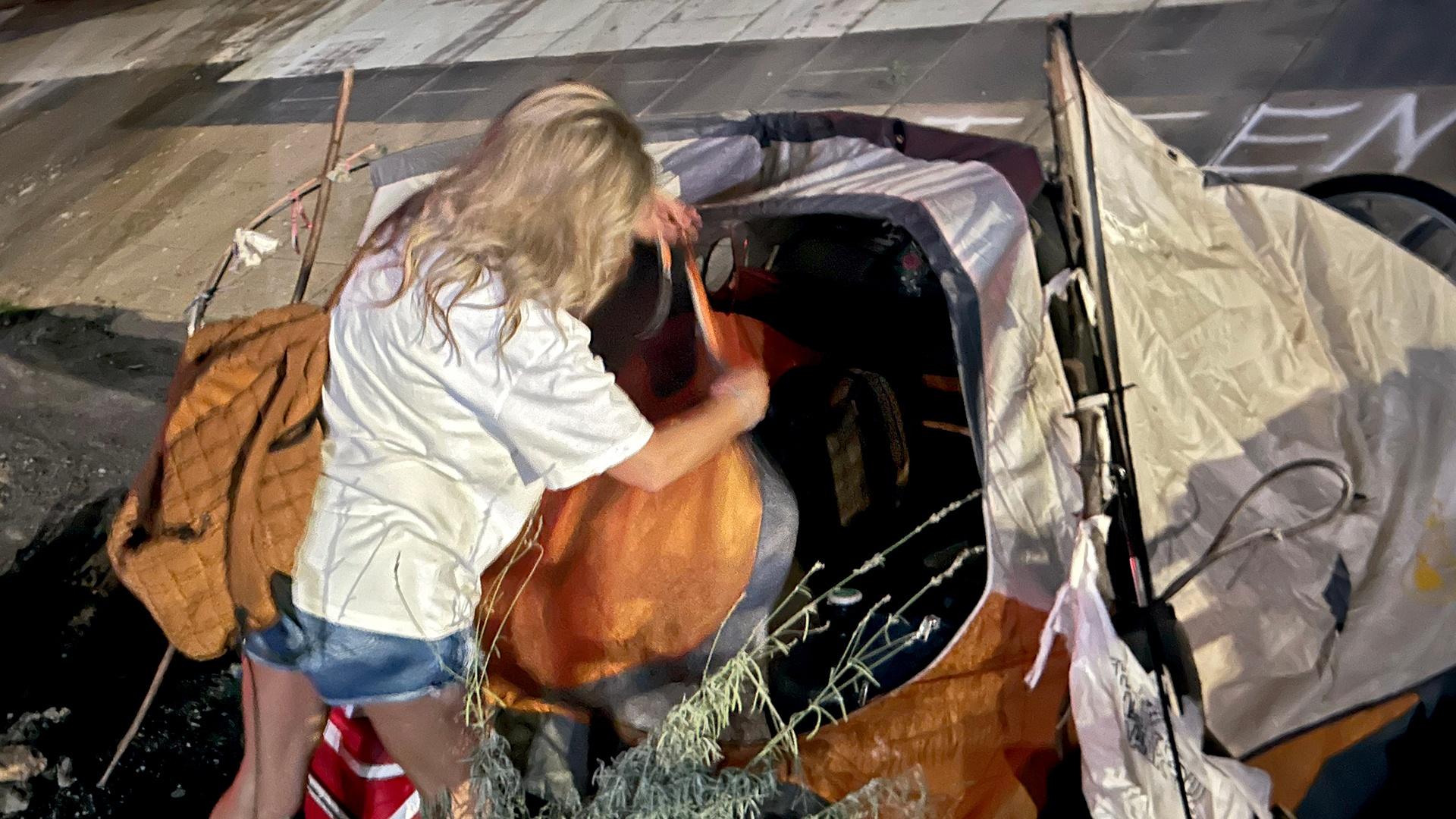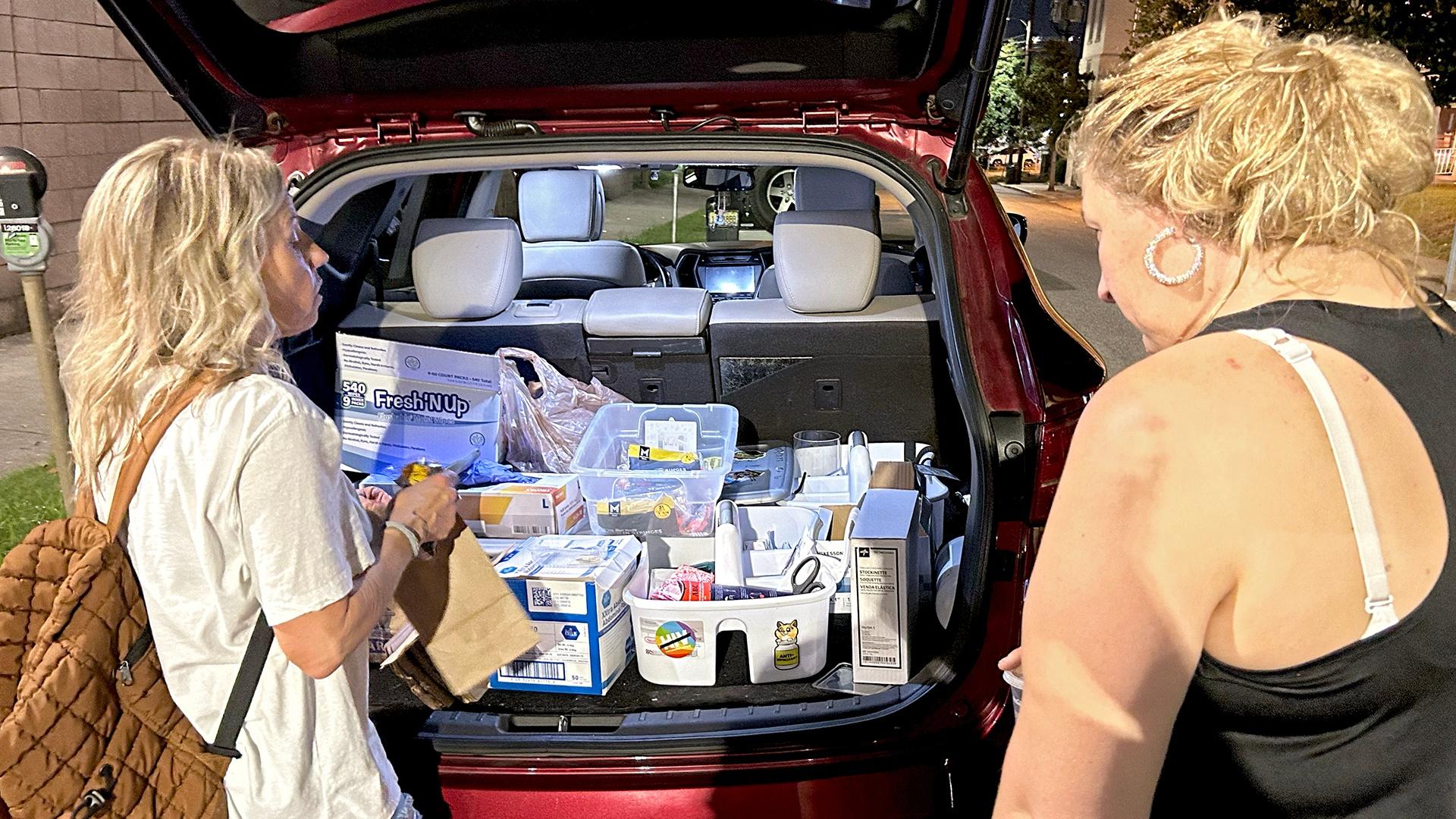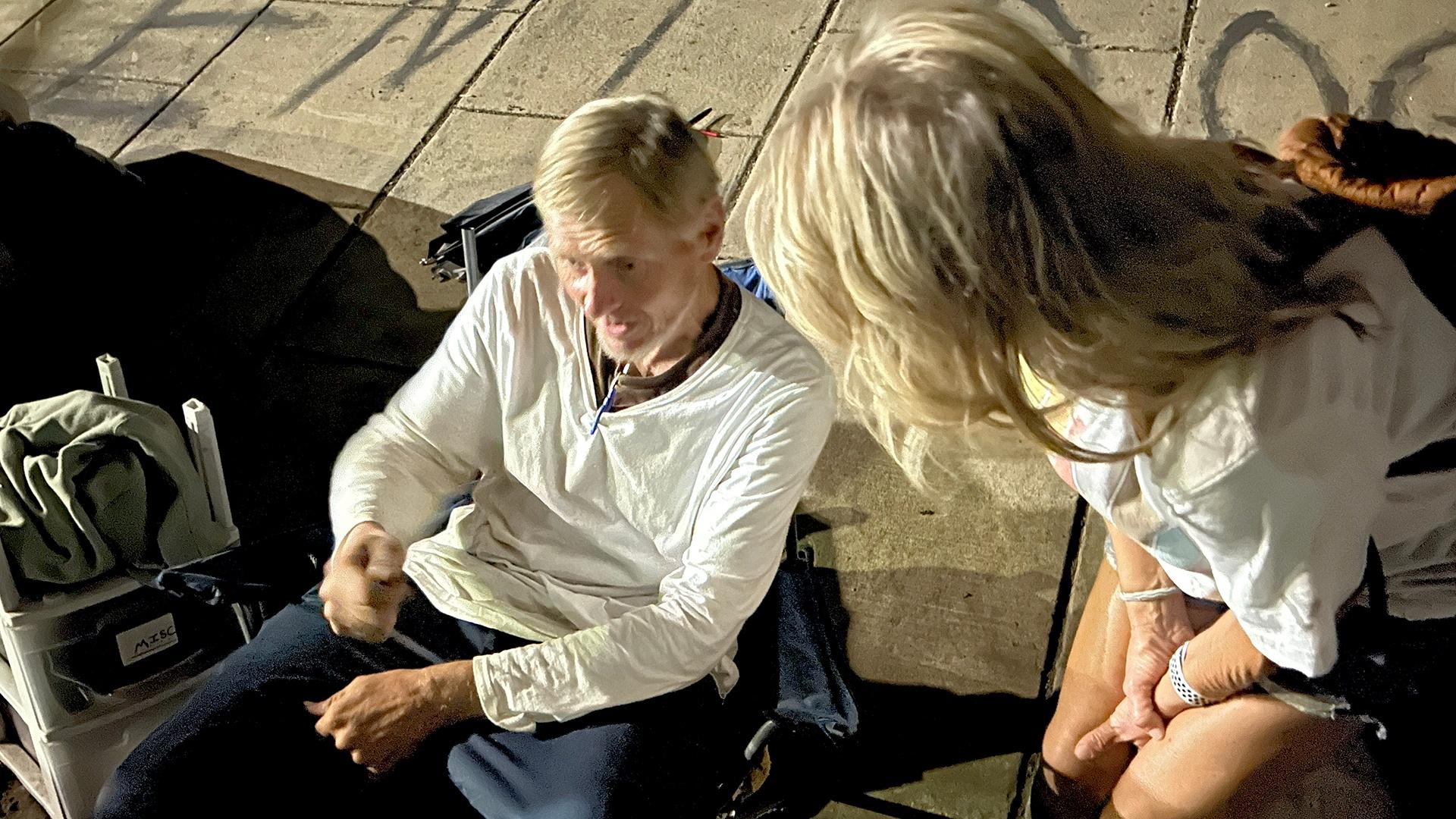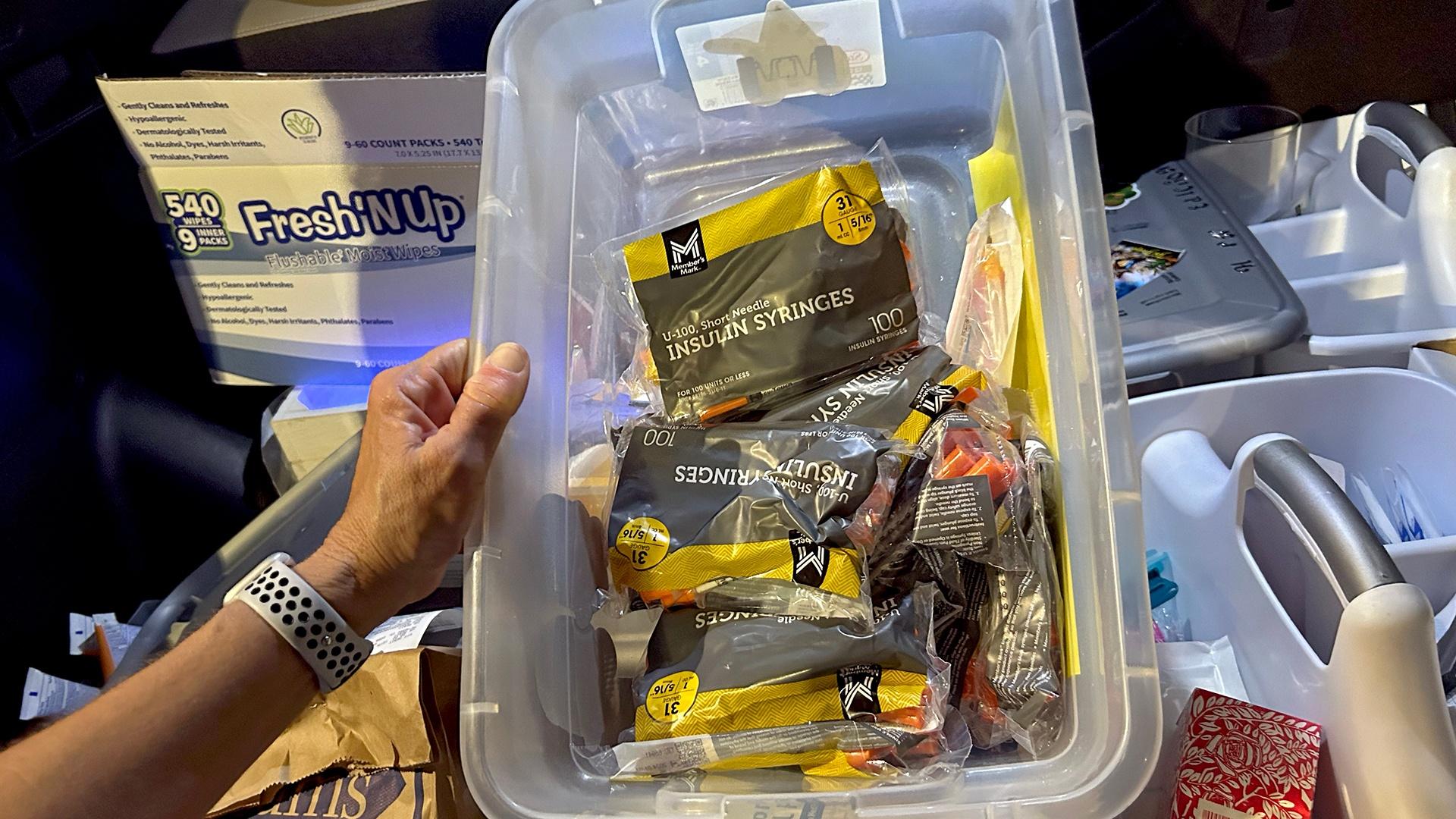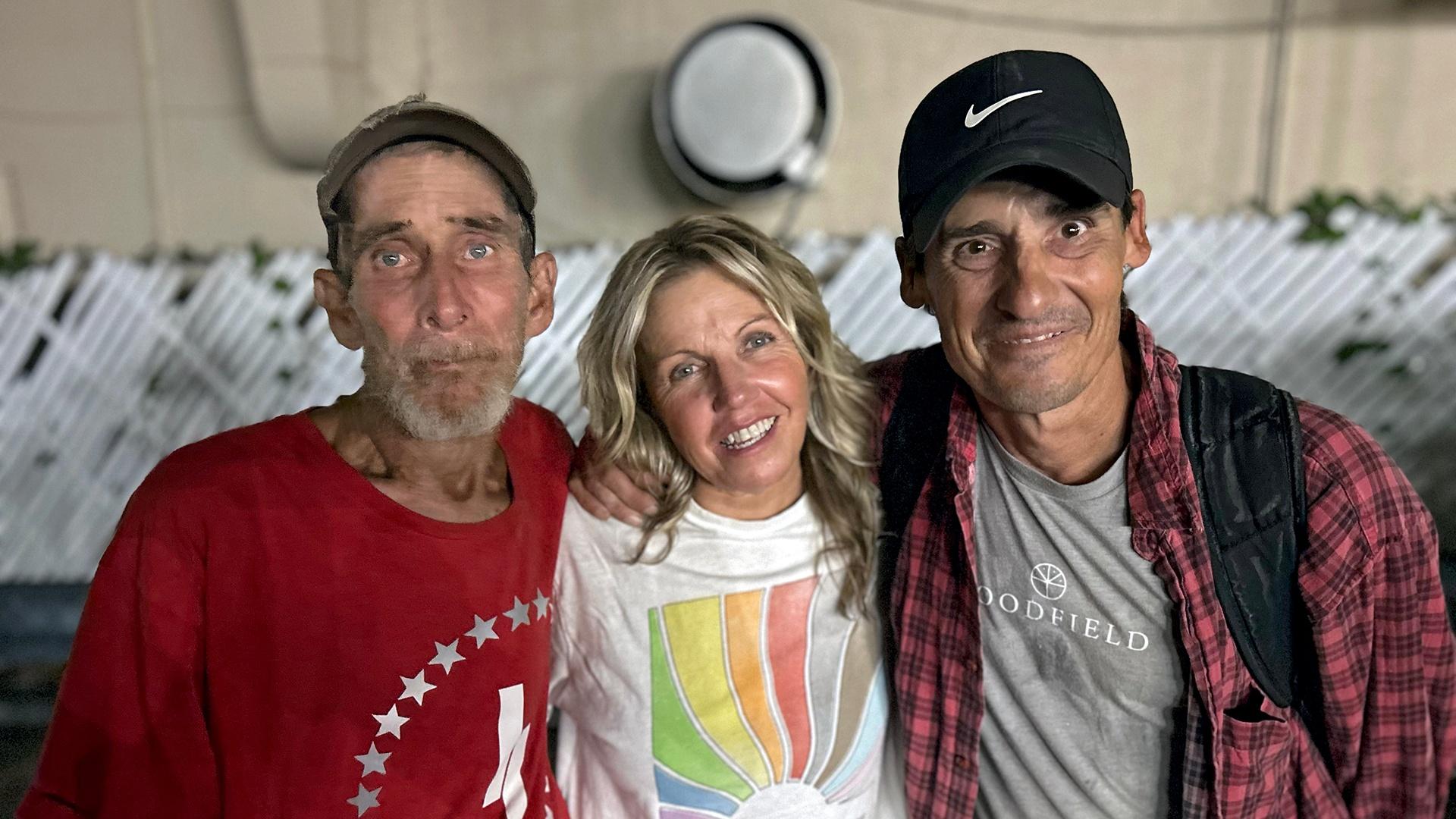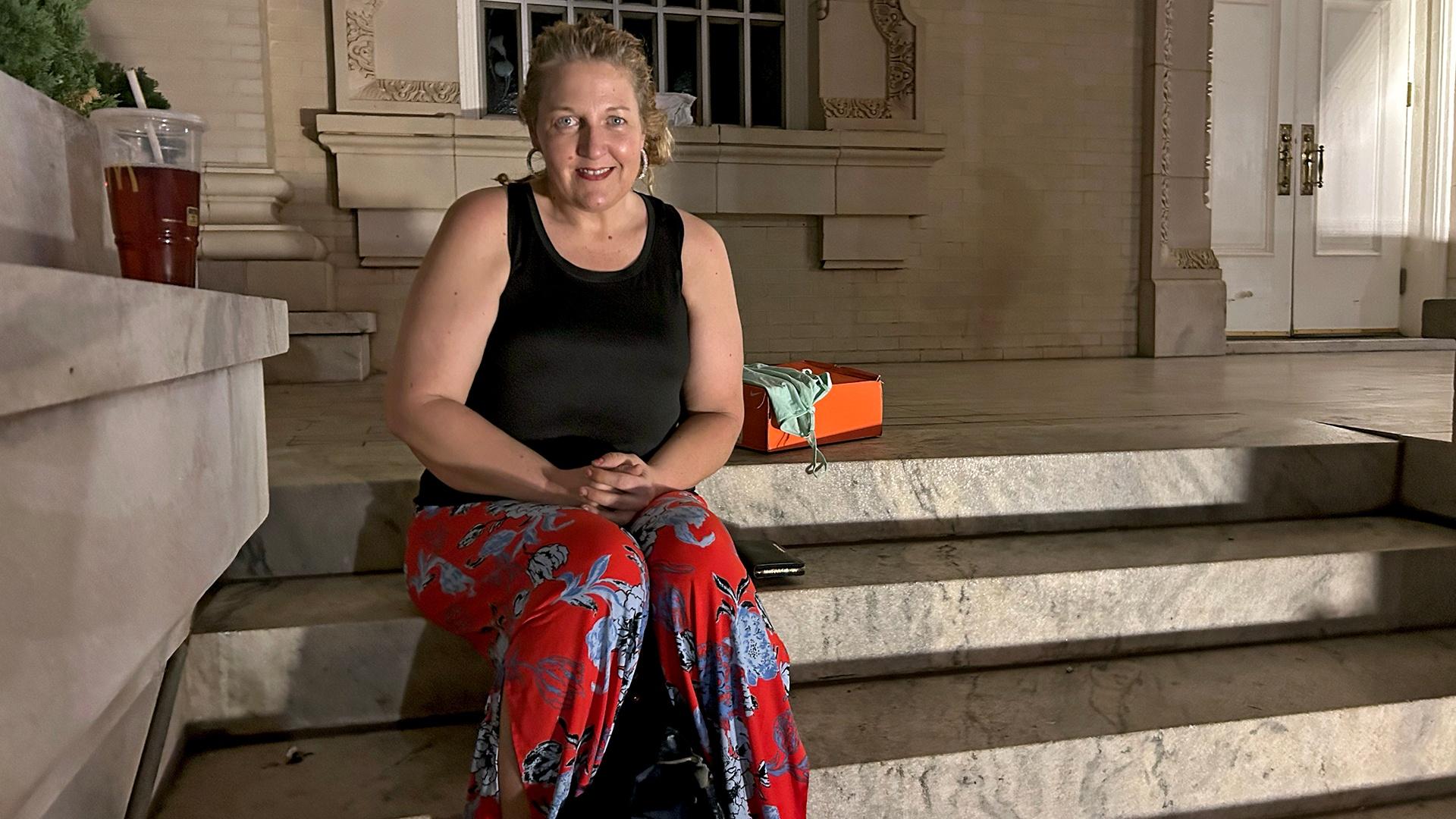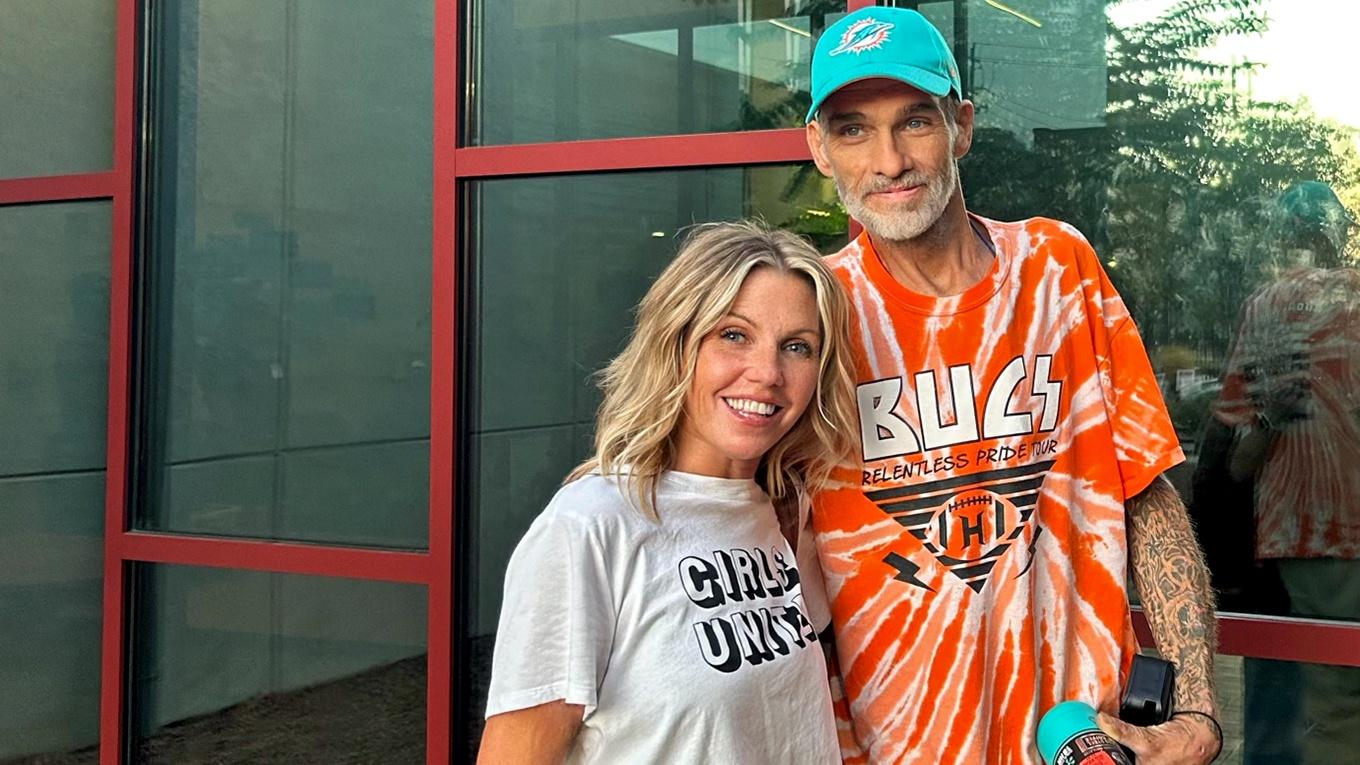Like the others, Blair wants to get treatment. She wants to stop using, but going to a clinic every single day is almost impossible — especially if she wants to hold down the job she recently started working. The clinic opens at 9 a.m. and closes before she gets off of work. She said it’s hard to explain to her managers why she would have to be late or leave work during the day.
“Everybody’s not understanding. Everybody doesn’t understand that you’re trying to do what you can to stay healthy and try to get this monkey off your back. But it’s so hard,” she said. “I never thought I’d be anywhere like this. I never fathomed my life being like this.”
This difficulty in accessing and staying in treatment supported by medications like methadone is something local doctors see as well. Dr. Ellen Eaton, an associate professor of medicine at UAB who works with unhoused people, said the first thing she has to ask is whether a patient has access to a vehicle.
The patients who have left her clinic in hopes of getting better control of their OUD with methadone have all come back because they were unable to keep up with the financial and transportation requirements — despite many of them saying methadone helped with their cravings and chronic pain.
“I’ve heard my patients say, ’As long as it’s easier for me to get heroin or fentanyl than it is to get methadone, I’m going to pick the heroin or fentanyl.’”
Eaton echoed Suzanne’s sentiments that Alabama’s opioid settlement funds could be a real game changer for people living on the streets who struggle with addiction. It could help support people who want to be in recovery but have barriers, like medication costs, transportation and housing issues, stacked against them.
The problem, Eaton said, is that it’s not clear where that money is going. Alabama isn’t required to report how it’s spending the funds.
“I don’t have a great sense of where it’s going in my state either. I don’t have a great sense of where to refer for my patients,” Eaton said. “Gosh, wouldn’t that be great if I knew which nonprofits have received funding so that I could refer my patients for housing or counseling? But I truly don’t have a good sense, either.”
If she had a magic wand, Eaton would use the money to support treatments and resources that have been proven effective through research and data — what she called “evidence-based tools.” And as the settlement money continues to roll in over the coming years, so will the public health data. States where more people are receiving medication for their OUD may show notable downturns in things like fatal and non-fatal overdoses, she said. These may become indicators that support evidence-based tools — like methadone.
In the meantime, people like Suzanne are their last line of defense for many people living on the street struggling with addiction.
She spent the rest of the night driving to the usual spots, looking for her people who don’t have phones. She found a few more, but she didn’t find Jeff. Not until the next day.
He was in the woods off the side of the road. He’d been using xylazine and had developed another infection on his leg. The skin was rotting and sloughing off. He smelled like death. Again, he had maggots eating the necrotic flesh. Again, she took him to the hospital. Again, they were told they had to wait. Again, she showed them his leg.
Jeff was admitted and stayed for a few weeks. Then, the police came and tossed his room, searching for drugs. He didn’t have any. They ordered the hospital not to allow visitors — to keep out his unhoused friends. So, he left.
He got into a shelter and started taking methadone again. Suzanne has met up with him almost every day for the last few weeks. He takes the bus and limps to the clinic for his daily medicine.
But she’s still worried about him. She said she knows when he’s getting antsy. And if he can’t keep getting methadone, he’ll go back to fentanyl. And she’s worried if he does, he’ll overdose, and she’ll lose him forever.
For now, when she needs to find him, she checks the shelter. And if she goes there one day to look for him and he’s not there, she’ll go back to her people and ask around until she finds him again.



